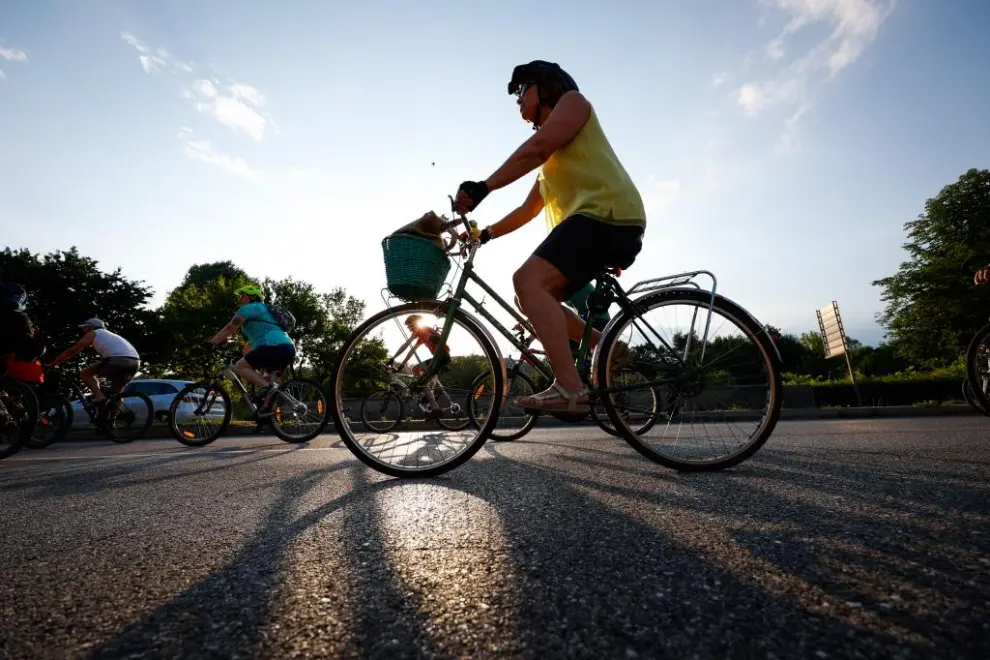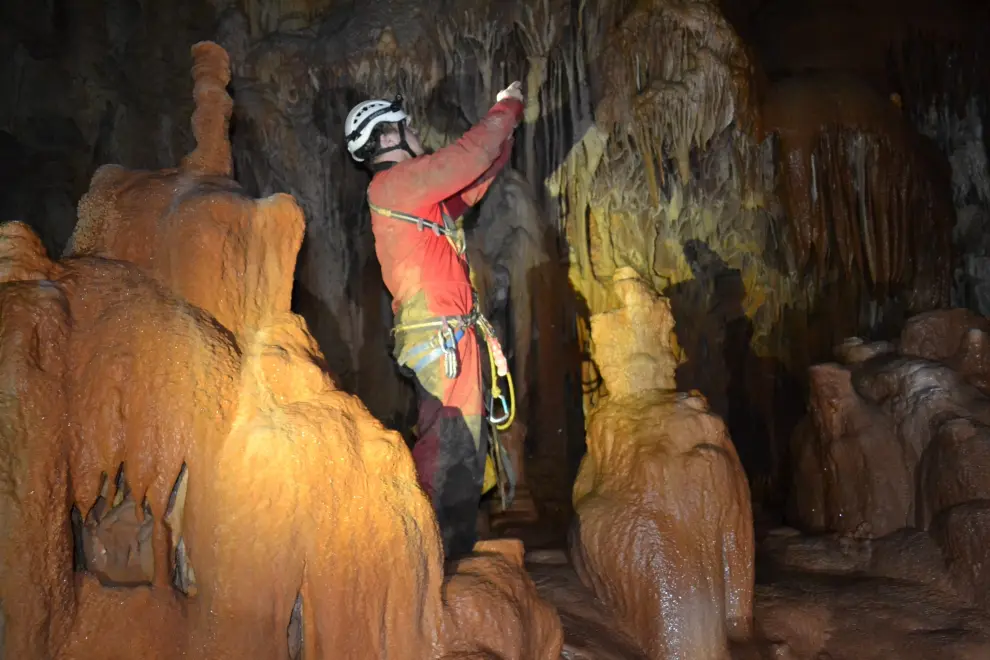
In another proof that nature knows no national boundaries, a cave has recently been discovered in the Sežana area, southwest, straddling the Slovenian-Italian border. It has been hailed as the biggest such discovery in 20 years.
Located in the Orlek area near Sežana, the cave was discovered by Mate
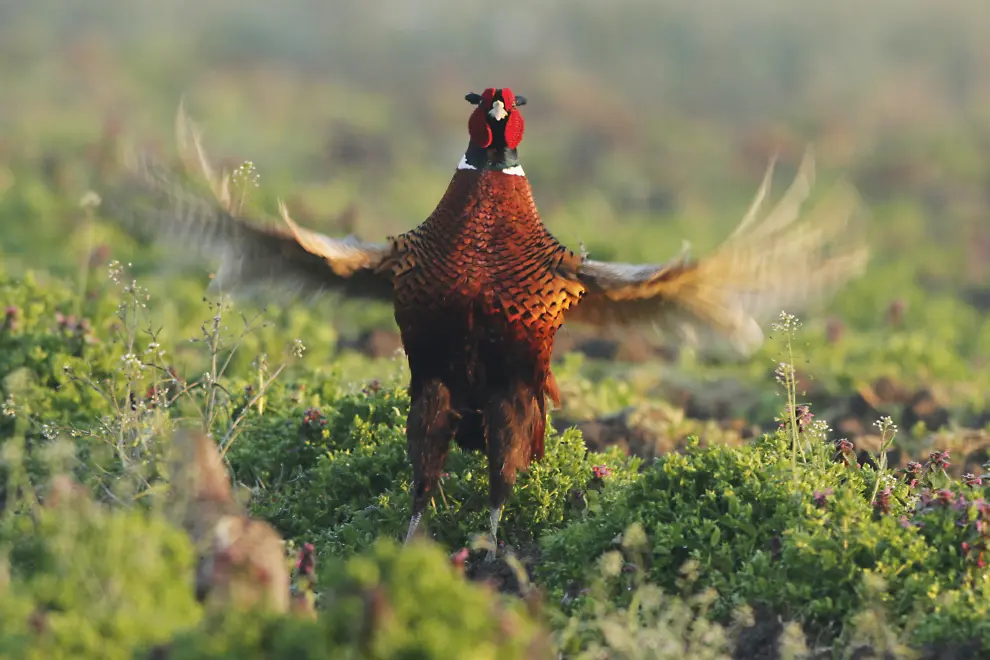
Slovenia Forest Service will wind down pheasant and partridge breeding operations in Beltinci in the northeast by 1 May, marking the shutdown of the last such breeding facility in the country.
The service says that the Fazan Beltinci special-purpose hunting ground will remain, but hunting activitie
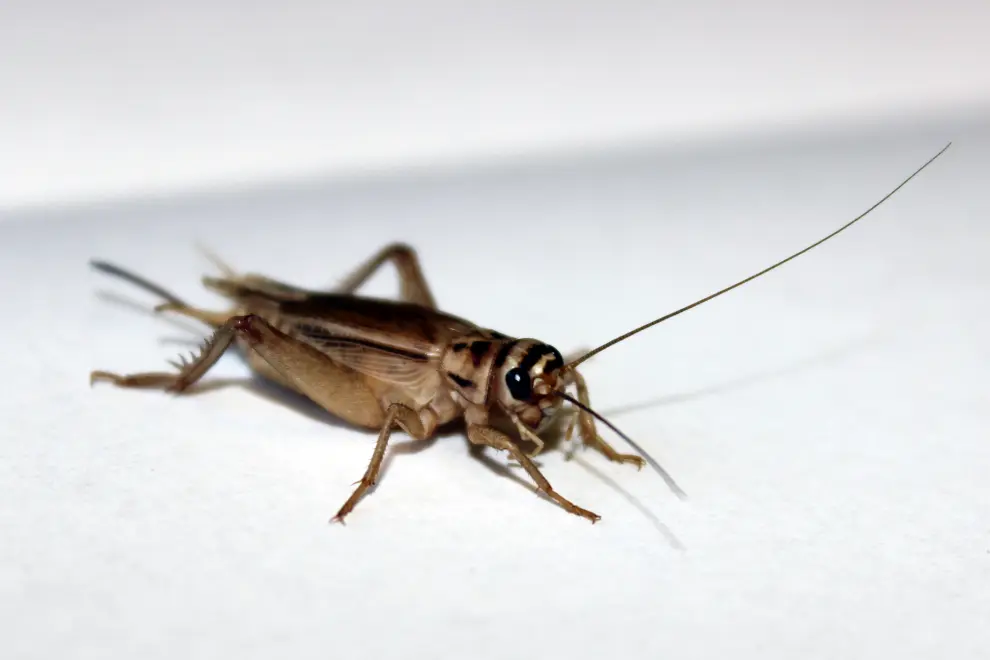
Crickets are not just musicians, but true masters of a complex courtship performance. A study published by Slovenian researchers has revealed how males put on an elaborate vibroacoustic display for females before mating, which consists of singing and dancing.
As part of the Slovenian research team
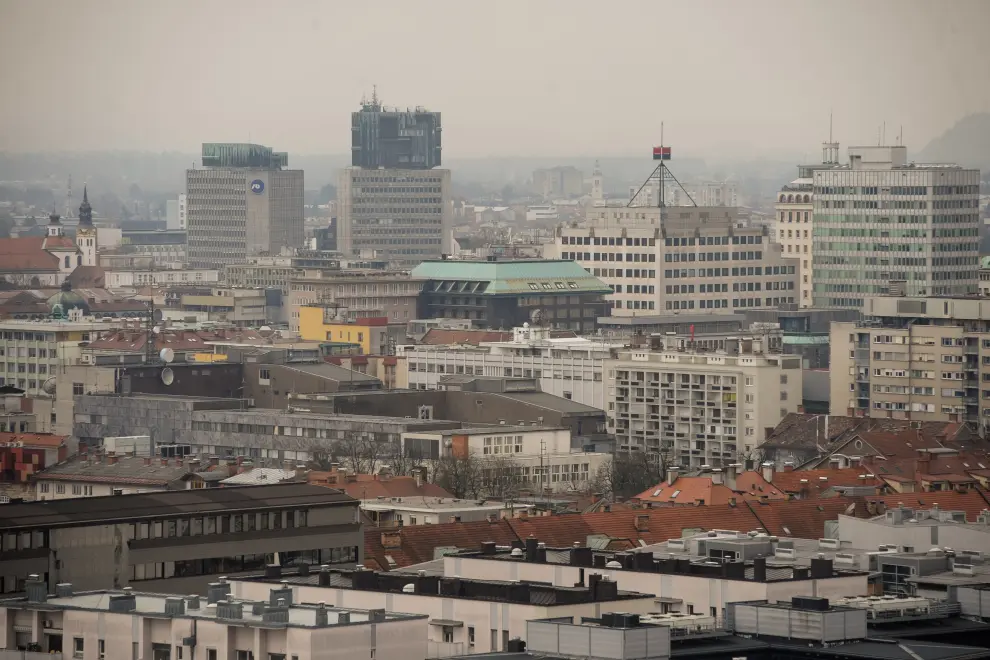
Parts of Slovenia have seen increased pollution levels amid a spell of dull weather. The country's public health authorities advise limiting outdoor activities until the situation improves in a couple of days.
Data from the Environment Agency (ARSO) shows that the daily limit value of PM10 particle
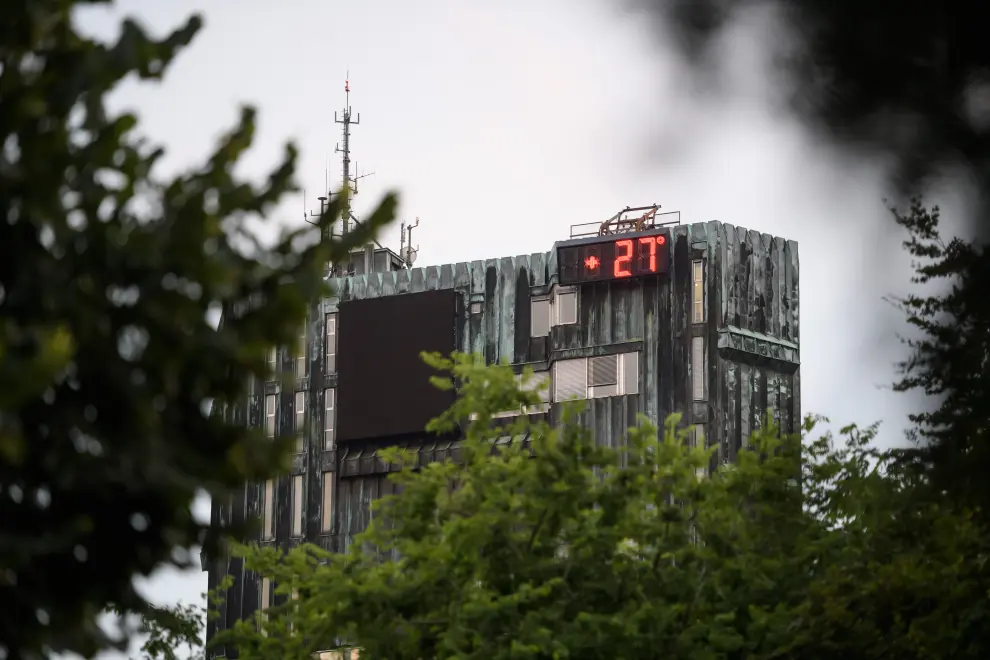
Like the rest of the world, Slovenia experienced its warmest year on record in 2024. The average temperature was 1.8 degrees Celsius above the average for 1991-2020.
Data presented by the Slovenian Environment Agency (ARSO) on 16 January show the average temperature climbed to 11.3 degrees Celsius
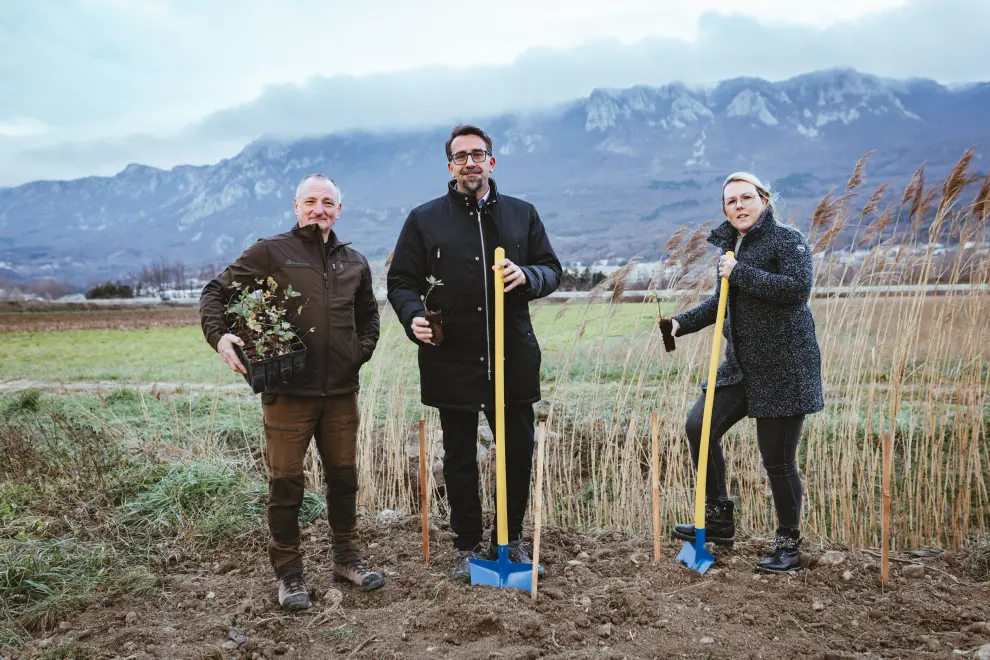
Ajdovščina, a municipality in the wind swept Vipava Valley, has started planting a 23-kilometre windbreak made of trees and shrubs to protect the fertile farmland in the valley floor, a key part of the region's efforts to adapt to climate change.
The plan is to plant 64,000 trees and almost 100,000
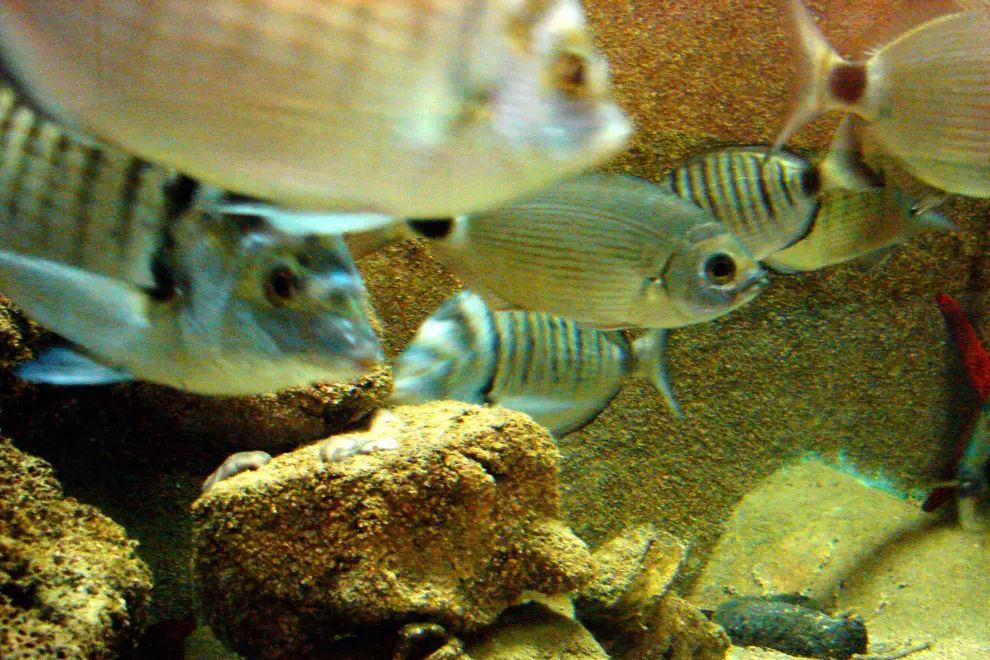
Starting out small 60 years ago, the Piran Aquarium has developed into an important educational and research institution in an effort to preserve marine biodiversity.
Located in a historic building by the Piran fishing harbour, next to what used to be a fish market, the aquarium keeps 140 different
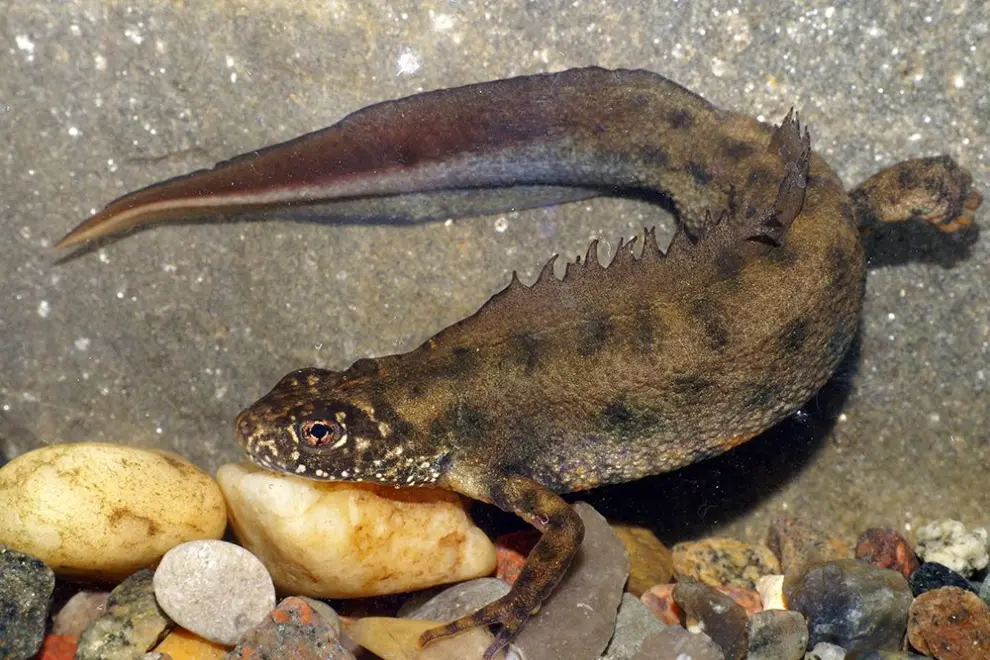
Partners from Slovenia, Denmark and Germany have joined forces in a project to help protect amphibians and restore their habitats in six areas of Natura 2000 protected areas in the three countries.
The Life Amphicon project aims to boost the population of amphibians and their habitats, reduce amphi
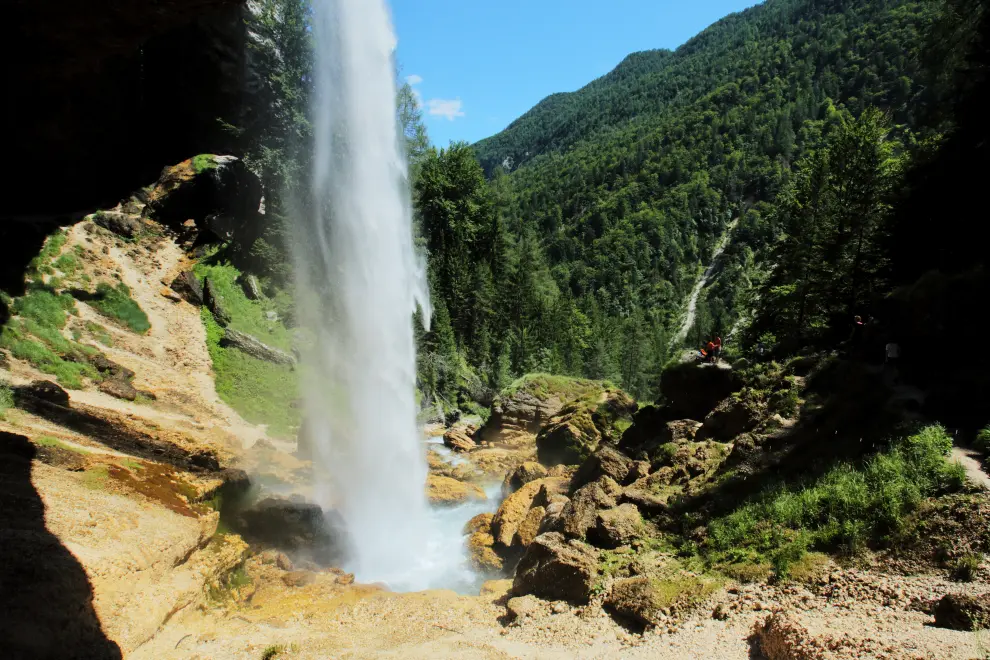
The Triglav National Park, the oldest and largest nature conservation park in Slovenia and one of the largest in Europe, is marking 100 years since its inception this year.
Today, the reserve spans nearly 84,000 hectares (840 sq km) across most of the Julian Alps, and it accounts for roughly 4% of
